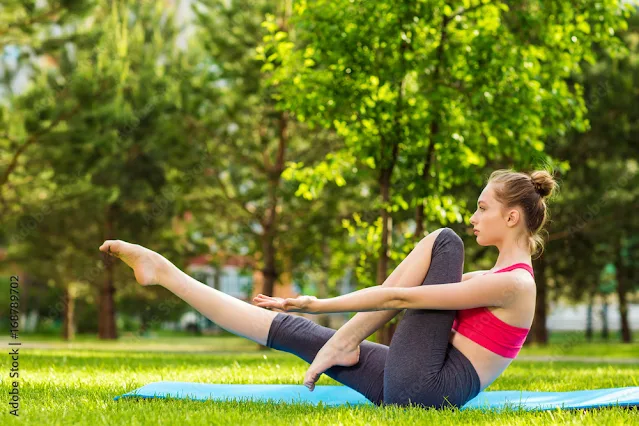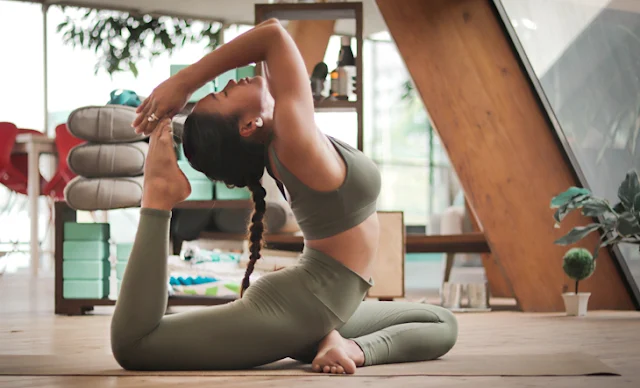Yoga is a great way to improve flexibility, strength, and overall
wellness. If you are a complete beginner, there are some important things you
need to know before starting a yoga practice.
1.
Start with basic poses: As a
beginner, start with basic yoga poses such as mountain pose, downward-facing
dog, and child's pose. These poses will help you to get comfortable and ease
yourself into the practice.
2.
Use props: Yoga props like
blocks and straps can help make certain poses more accessible. Don't hesitate
to use them if you need to.
3.
Focus on your breath: In yoga,
the breath is often used as a tool to help calm the mind and bring awareness to
the body. Try to keep your breath slow and steady throughout your practice.
4.
Listen to your body: Don't push
yourself too hard. If something feels uncomfortable or painful, back off or
modify the pose. Your body will thank you for listening and being gentle.
5.
Be patient: It takes time to
develop a yoga practice. Don't expect to be able to do advanced poses
overnight. Be patient with yourself and enjoy the journey.
Remember, yoga is a journey, not a destination. As you continue to
practice, you'll notice improvements in your overall wellness and flexibility.
Enjoy the process!













,%20breathing%20techniques%20(pranayama),%20and%20meditation%20practices.%20The%20practice%20ofpexels-photo-3822307.jpeg)





